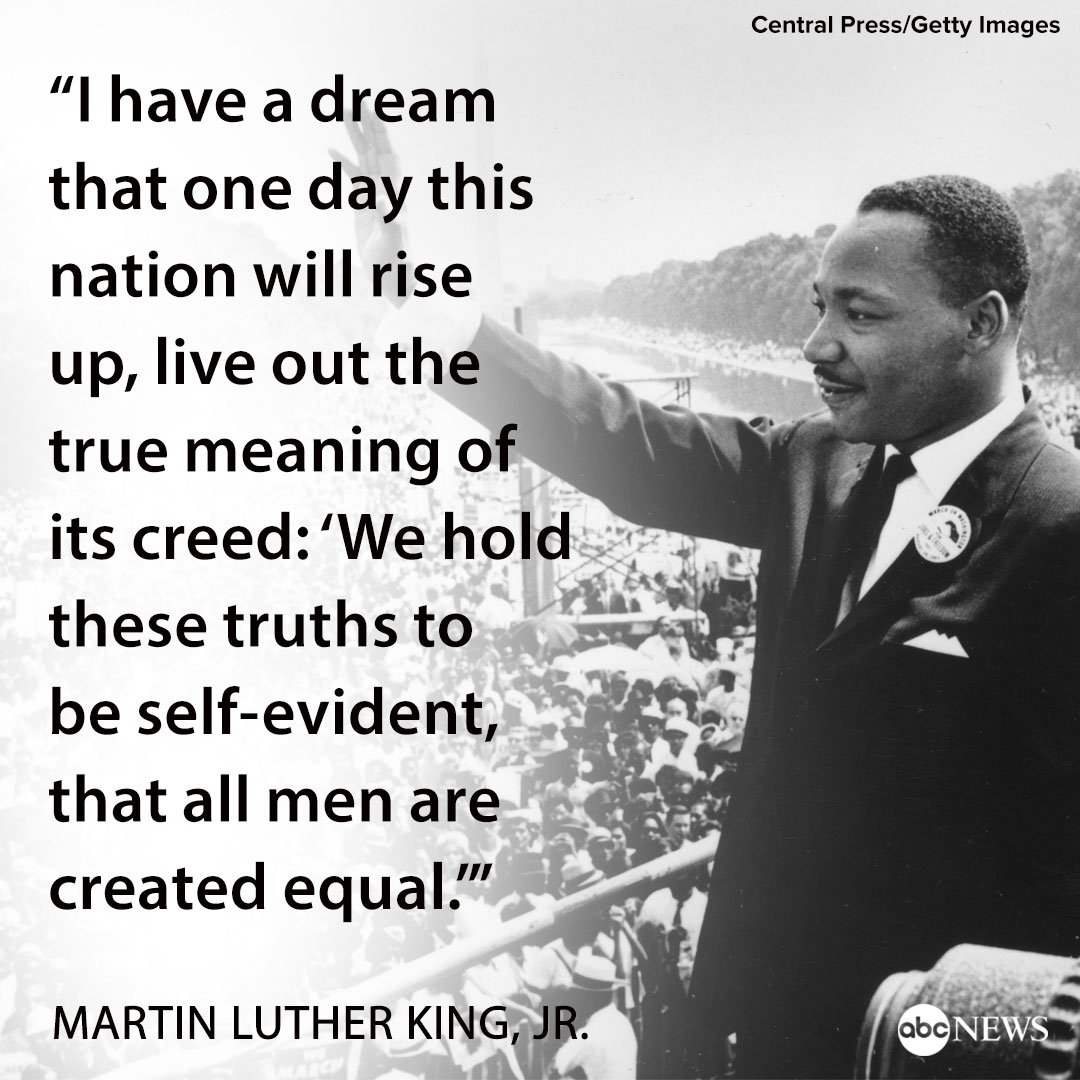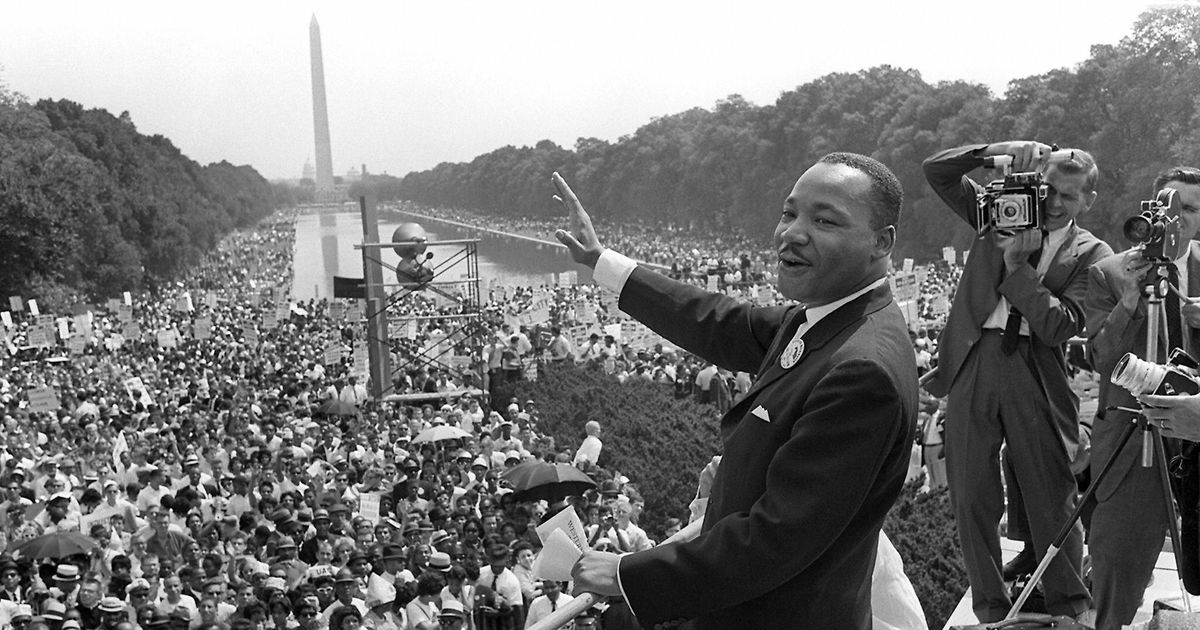

The center features a public art collection that shares community stories, local history, regional accomplishments, and innovations. The church is located at 8430 Linwood St. Franklin, New Bethel helped shape the gospel career of Aretha Franklin. You will walk through the actual recording studio where Motown artists recorded some of the greatest songs of all time. The Wright Museum provides learning opportunities, exhibitions, programs, and events based on collections and research that explore the diverse history and culture of African-Americans and their African origins.įrom the second you walk through the front door, you’ll be greeted with the voices of Motown, and you won’t want to leave without stopping in the gift shop to buy the greatest hits CD. Wright Museum of African American History has for over half a century been a leading institution dedicated to the African-American experience. The finale of Kings April 1957 address, A Realistic Look at the. Wright Museum of African American Historyįounded in 1965, the Charles H. Today marks the 50th anniversay of Martin Luther King Jr.s 'I Have a Dream' speech. Martin Luther Kings famous I Have a Dream speech, delivered at the 28 August 1963. King and the role that Detroit played in the Civil Rights Movement. There are a number of significant locations in Detroit to visit to honor the legacy of Dr. On this King Day 2021, as the first African American, South Asian, and woman is soon to be sworn in as the Vice President of the United States. The famous speech delivered in 1963 to more than 200,000 civil-rights marchers at the. Motown later released two more albums of King’s speeches, “The Great March on Washington,” and “Free At Last.” A Motown imprint would release “Why I Oppose The War in Vietnam” in 1970 two years after King’s assassination.


The album was called “The Great March to Freedom” and was wholesale priced at $1.80. The Meaning Behind Martin Luther King’s I Have a Dream Speech by Edwin A Locke Racism On Martin Luther King Day-and every day-we should focus on the antidote to racism and alternative to racial thinking: individualism. However, Gordy was moved to release the Detroit version of King’s iconic speech in August 1963. In the speech, King called for civil and economic rights and an end to racism. ' I Have a Dream ' is a public speech that was delivered by American civil rights activist and Baptist minister, Martin Luther King Jr., during the March on Washington for Jobs and Freedom on August 28, 1963. Historians have not confirmed whether Motown Records founder Berry Gordy was present at The Walk to Freedom. I Have a Dream, August 28, 1963, Educational Radio Network. In the Detroit speech, he speaks of his dream for Blacks in Detroit to “be able to buy a house or rent a house anywhere that their money will carry them, and they will be able to get a job.” King was hoping to inspire the end of segregation and discrimination. Martin Luther King Jr.'s iconic 'I Have a Dream' speech in front of a crowd estimated at 250,000 people. This would become evident four years later during the raid of a “blind pig” where several Black Detroiters would be fatally shot by police leading to days of violent protests that would reshape the city forever.īut in 1963, Dr. The city was nearly 40% Black at the time and yet Black people made up less than 5% of the police department which was disproportionately arrested and abusing Black citizens. carved by sculptor Lei Yixin. It covers four acres (1.6 ha) and includes the Stone of Hope, a granite statue of Civil Rights Movement leader Martin Luther King Jr.

© 2019 Minnesota Vikings Football, LLC, All Rights Reserved.Charles H. When was I Have a Dream Speech On August 28, 1963, some 100 years after President Abraham Lincoln signed the Emancipation Proclamation freeing the slaves, a young man named Martin Luther King climbed the marble steps of the Lincoln Memorial in Washington, D.C. at the March on Washington, 1963 (abridged) Reprinted by arrangement with The Heirs to the Estate of Martin Luther King Jr. Memorial is a national memorial located in West Potomac Park next to the National Mall in Washington, D.C., United States.


 0 kommentar(er)
0 kommentar(er)
